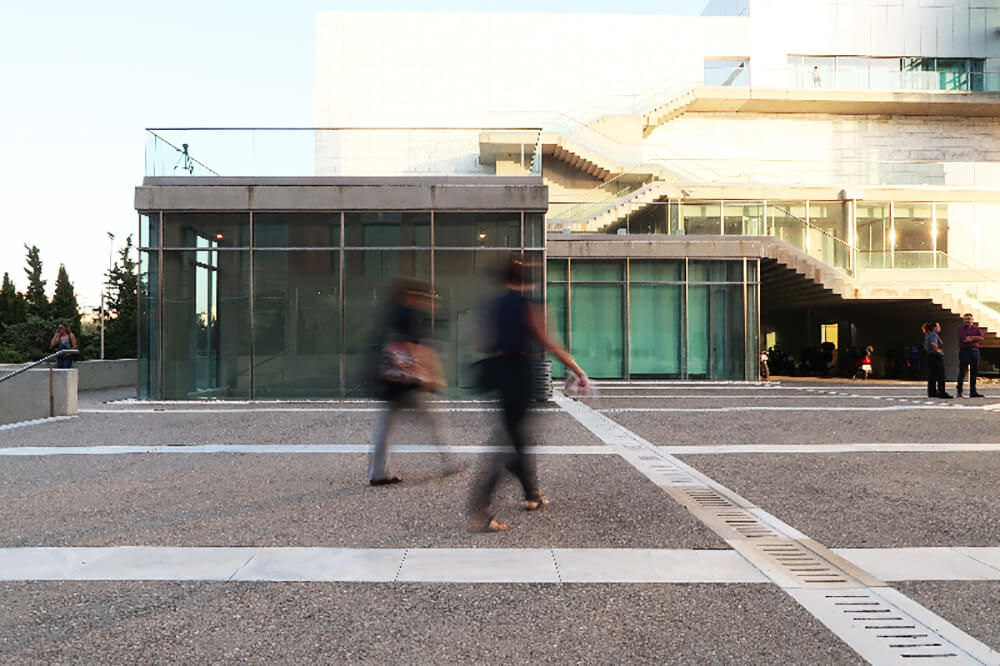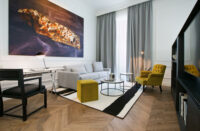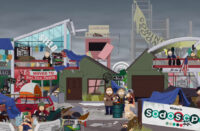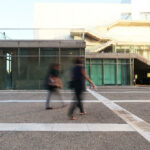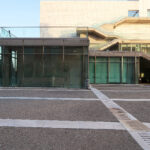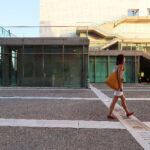Author : Andreas Batsilas
Perhaps the most controversial part of the composition of architectural photography. A large percentage of photographers have dogmatic views on whether people should or should not be included in the synthesis.
Surely the human element helps in understanding the scale. Photographers who use it in their compositions argue that in this way anyone viewing the photo can best experience the building and understand how it is used. In what other way can one understand from a static image a space and its uses, unless the human element is present?
From another angle, the photographers who do not use the human element in their composition, believe that it usually moves the focus away from the building. People tend to be protagonists and to dominate the composition. They even argue that how you use a building can’t be seen from a photograph, but only by a visit to the area. So the people included in the composition, can only confuse and divert the attention away from the main theme of the composition, the building.
The photographer must make a conscious choice for his synthesis. The result can vary a lot if he does or does not use people. The choice must be done taking in consideration the message he wants to pass and what he wants to achieve with the picture. The human element can help or act as a hindrance in each different case.
Of course, if the photographer finally decides to include people, he has to think how they will be placed. He may need to place them himself or, if he has no control over them, wait long enough until they are in a perfect position. It is worth mentioning that there are photographers who have even hired people to be part of their composition, in cases where the building had not yet been delivered or there were not enough people at the scene, the time they wanted to take the picture. Summarizing, the human element, when present in a picture, must be carefully positioned so that the main subject of the photo is the building, unless the photographer wants to focus on how something is used etc.
Finally it would be good to mention a common tactic of photographers who do include people. With the camera mounted in a fixed location or on a tripod, a picture of longer exposure is taken. For that they leave the camera shutter open for longer, which leads people appearing “shaky”, giving the impression they are not fixed or ‘pinned’ in one place but they are a ‘dazzled stigma’, that creates the sensation of movement.
About this Author : Andreas Batsilas

